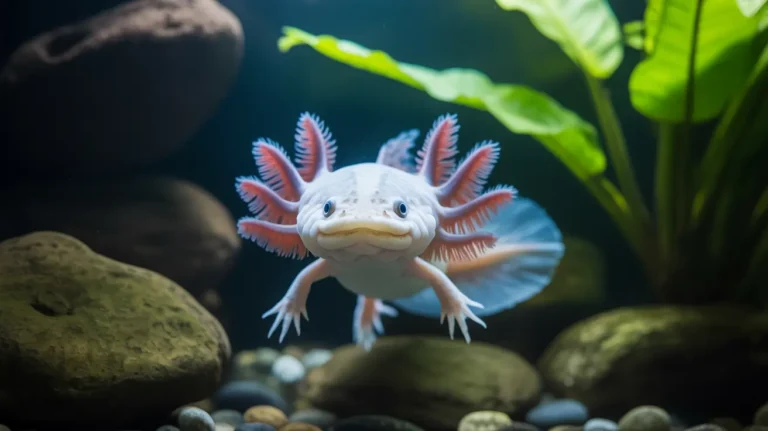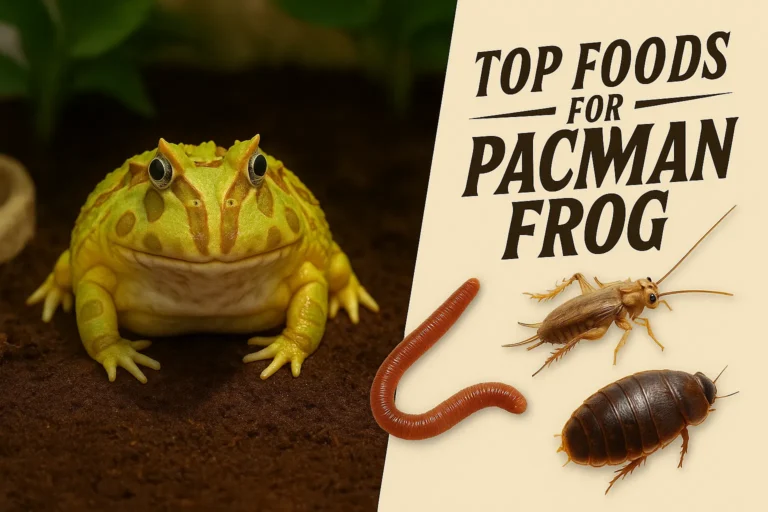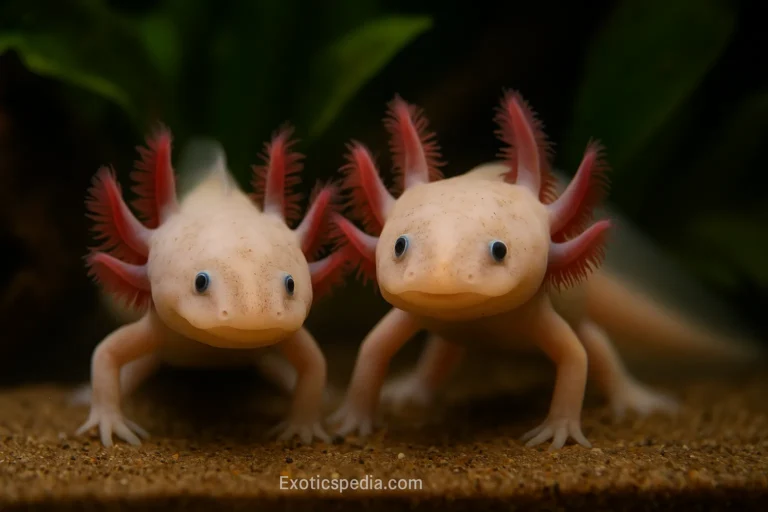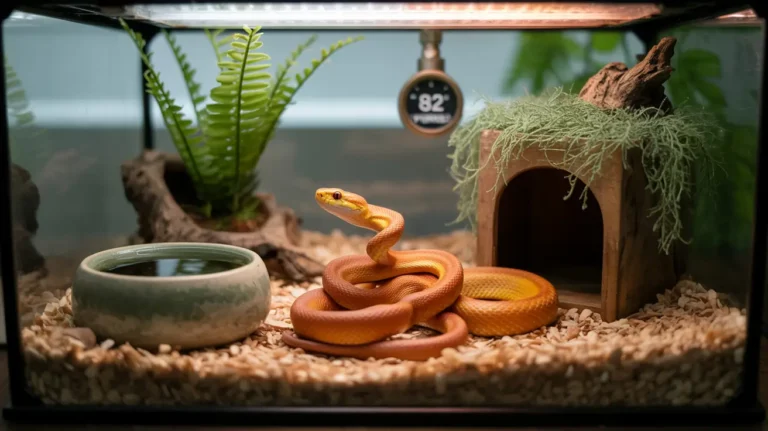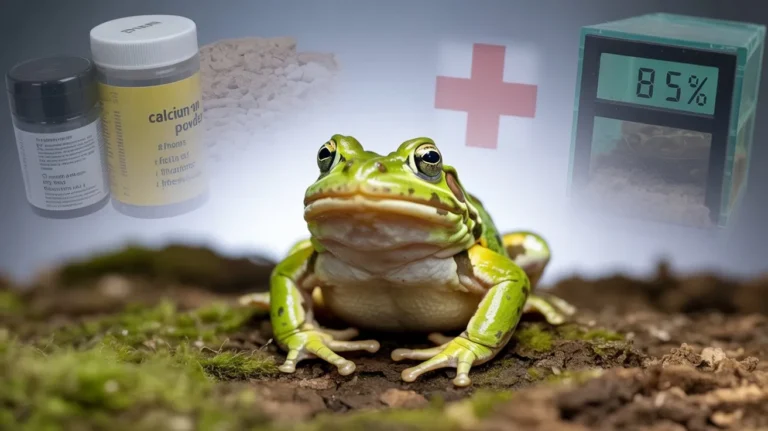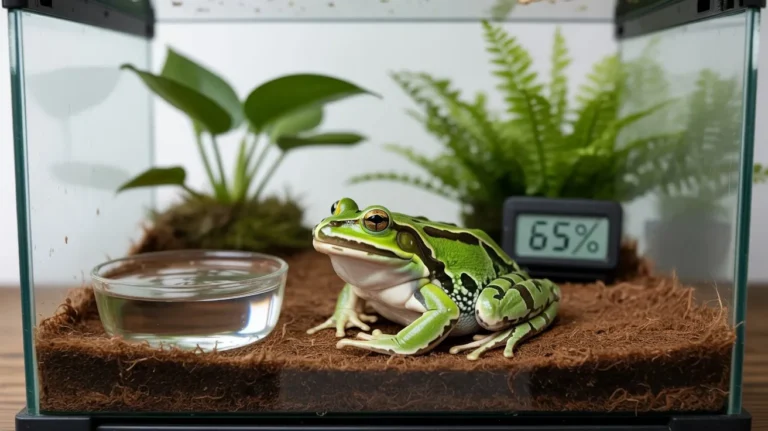Pacman Frog Care Guide | Habitat, Diet & Tips for Healthy Growth
Pacman frogs are one of the most popular amphibians kept as pets due to their round shape, bright colors, and low maintenance. But just like any other pet, they need proper care to stay healthy and happy. If you’re thinking about getting a Pacman frog or already have one, this ultimate guide will walk you through everything you need to know — from setup to feeding, and everything in between.
What is a Pacman Frog?
Pacman frogs, also known as Ceratophrys, are native to South America. They are named after the video game character “Pac-Man” because of their wide mouths and round bodies. These frogs are known for being lazy but aggressive eaters and can grow up to 4–7 inches in length.
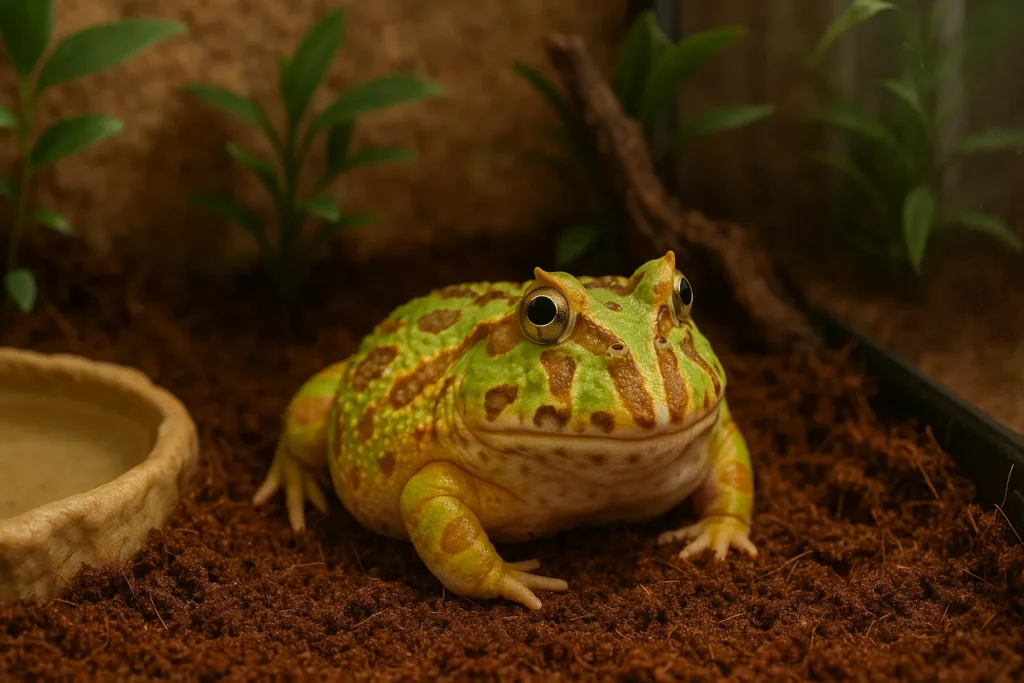
Ideal Habitat Setup
A well-maintained habitat is crucial for a Pacman frog’s health.
Enclosure Size
For a single adult, a 10 to 20-gallon tank is perfect. Pacman frogs don’t move much, so floor space is more important than height.
Substrate
Use coconut fiber or organic soil without fertilizer. These frogs like to burrow, and a 3–4 inch deep substrate allows them to do so safely.
Temperature & Humidity
- Temperature: Keep it between 75°F and 85°F during the day and no lower than 70°F at night.
- Humidity: Maintain humidity at 60% to 80%. Use a hygrometer to monitor and mist daily.
Lighting
Pacman frogs do not need UVB lighting but benefit from a day-night light cycle. Use a low-wattage LED or fluorescent bulb for 12 hours of light daily.
Want more details? See our guide how to set up the perfect Pacman frog enclosure and daily maintenance tips.
Diet and Feeding
These frogs are carnivores and have big appetites. Their diet changes with age:
Juvenile Frogs
Adult Frogs
Always dust food with calcium and vitamin D3 powder once or twice a week to prevent deficiencies. Especially when feeding high-protein insects like crickets, roaches, or earthworms commonly used in a Pacman frog’s diet.
⚠️ Warning: Don’t overfeed. Pacman frogs are prone to obesity.
Cleaning and Maintenance
Clean the tank at least once a week. Spot-clean daily to remove waste and uneaten food.
Behavior and Handling
Pacman frogs are mostly solitary and can be territorial, so never house two together.
Most of their day is spent buried or sitting still. This is normal behavior, not laziness.
Common Health Issues
Some common health issues include:
If your frog stops eating or seems lethargic, consult a reptile vet. Early treatment can save lives. Read more and detailed about common health issues of Pacman Frogs in our guide.
Fun Facts and Stats
FAQs
Final Thoughts
Pacman frogs are fascinating, low-maintenance pets — perfect for beginners and exotic pet lovers alike. With the right care, they can thrive for over a decade. Just remember: a good habitat, proper diet, and regular observation are key to keeping your frog healthy and happy.

